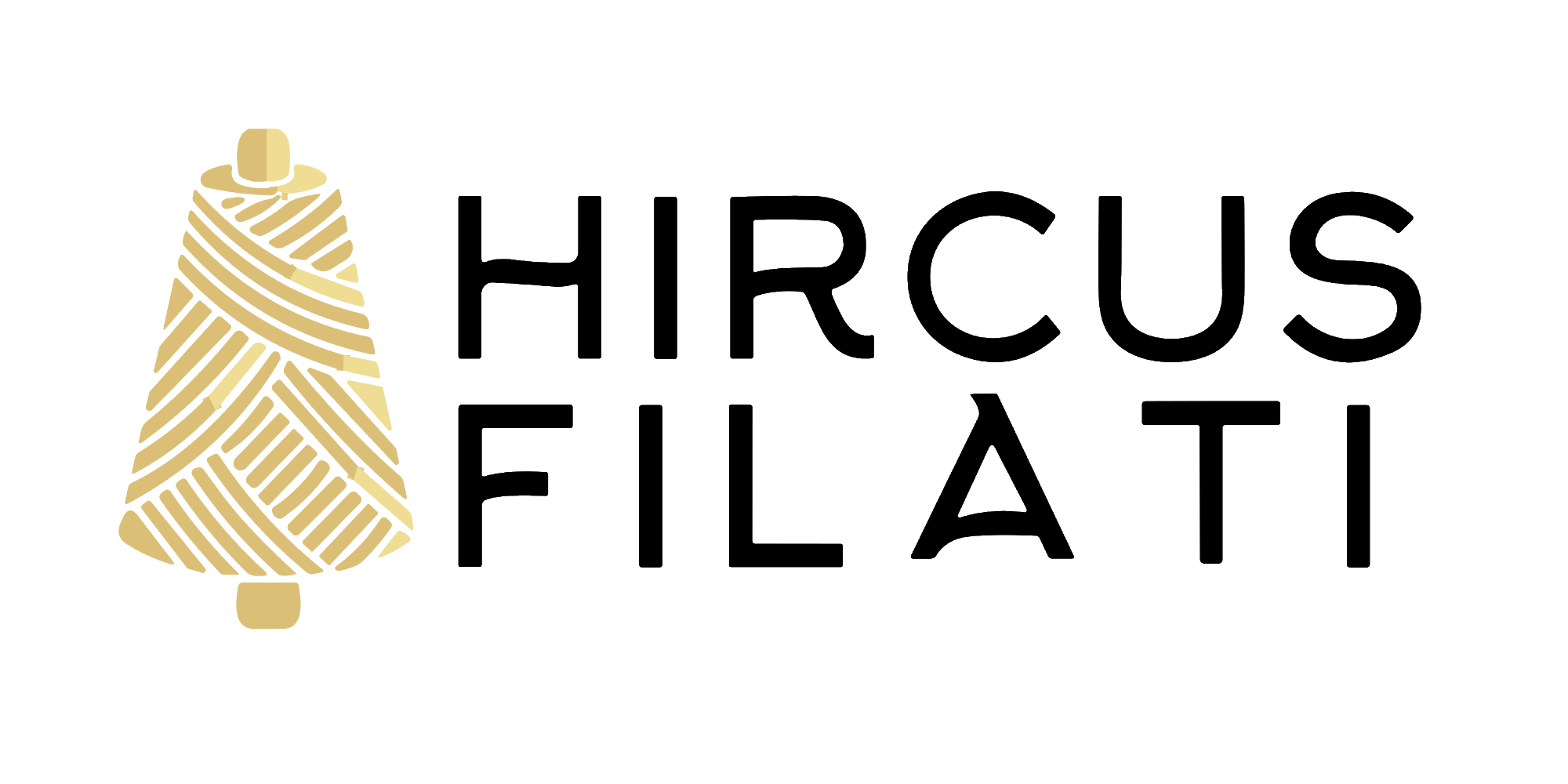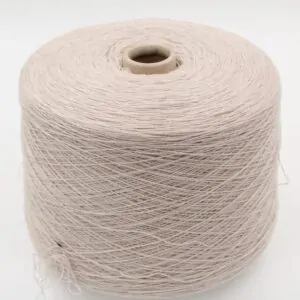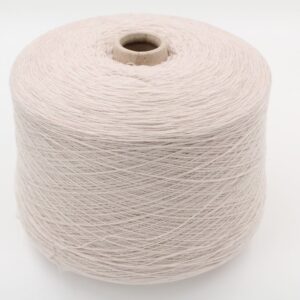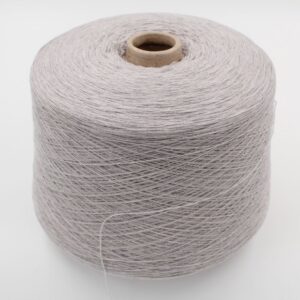Where Does Cashmere Fabric Come From?
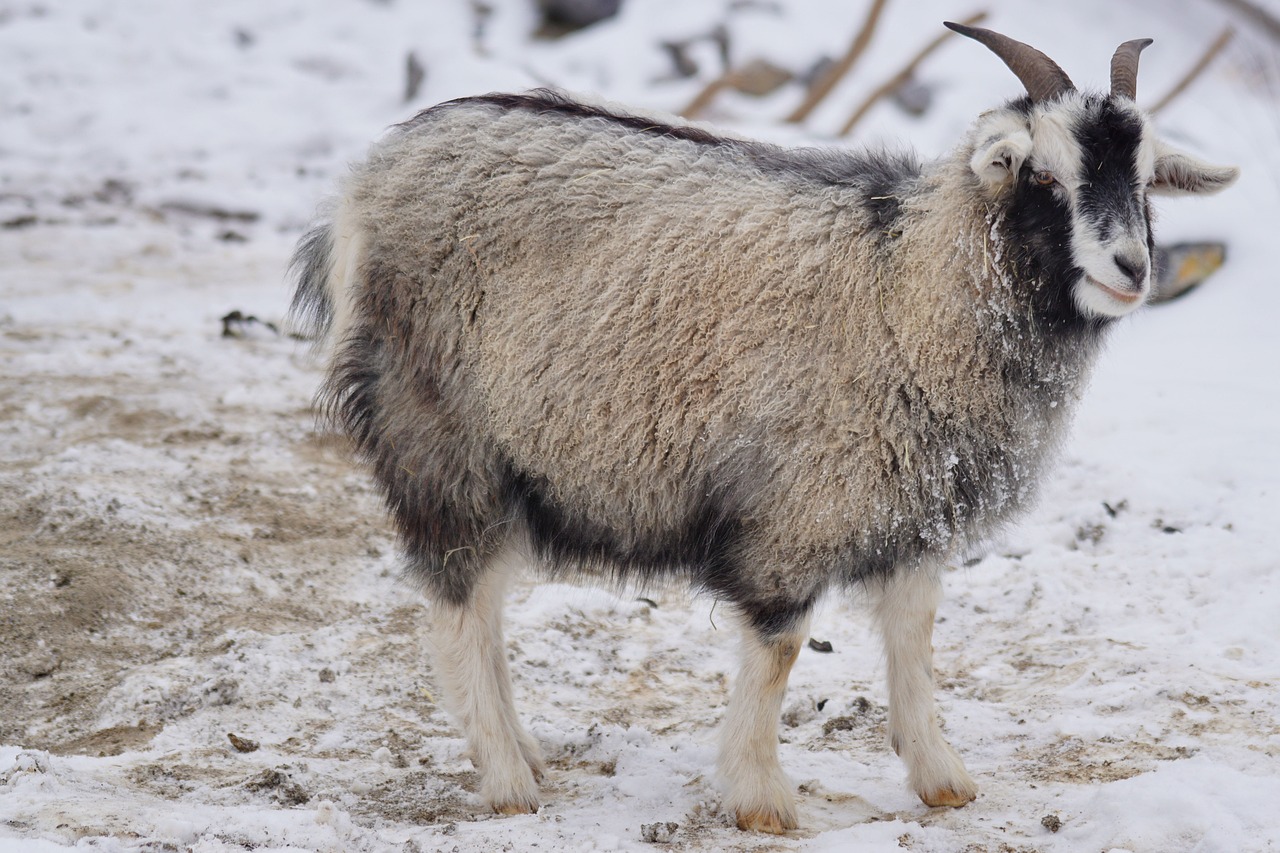
Where Does Cashmere Fabric Come From? A Journey from Mountain Goats to Luxurious Clothing
Cashmere, a name synonymous with softness, warmth, and luxury, has captivated fashion enthusiasts for centuries. But where does this coveted fabric actually come from? This article delves into the fascinating journey of cashmere, from the high mountain pastures where it originates to the intricate processes that transform it into the delicate garments we treasure.
The Humble Beginnings: Cashmere Goats
The story of cashmere begins with a remarkable breed of goats – cashmere goats. These hardy animals are perfectly adapted to survive the harsh conditions of their native habitat – the high mountain ranges of Central Asia, particularly Mongolia, China, Iran, and Afghanistan. Their thick coats are their armor against the extreme cold, with temperatures often plummeting below -40°C.
There are two primary breeds of cashmere goats:
- Capra hircus laniger: This breed, native to China, is known for producing the finest and most prized cashmere. Their downy undercoat, the source of cashmere fibers, is incredibly soft and thin.
- Capra hircus cashmere: Found primarily in Mongolia and Iran, this breed produces slightly coarser cashmere fibers compared to the Chinese variety.
These goats develop a double coat – a coarse outer layer that protects them from the elements and a finer, downy undercoat that provides insulation. It’s this downy undercoat, composed of incredibly thin and strong fibers, that becomes the coveted cashmere we know.
The Delicate Process of Cashmere Collection
The collection of cashmere is a meticulous and often seasonal process. It typically occurs in the spring, during the natural shedding season when the goats molt their winter coats. Traditionally, the undercoat is collected using a process called combing. Gentle metal combs are used to brush the loose fibers from the goat’s body, ensuring minimal discomfort to the animal.
More recently, mechanized brushing techniques have been introduced in some regions. However, ethical concerns regarding animal welfare have led to a growing emphasis on traditional combing methods.
Once collected, the raw cashmere fibers undergo a rigorous sorting process. Skilled workers separate the fine undercoat fibers from the coarser guard hairs. This meticulous sorting ensures the final fabric is exceptionally soft and luxurious.
From Raw Fiber to Luxurious Fabric: Processing Cashmere
The sorted cashmere fibers embark on a journey of transformation. They are first cleaned to remove any dirt, dust, or lanolin (a natural oil) present. Delicate combing further aligns the fibers, preparing them for spinning.
Spinning involves twisting the individual fibers together to create a continuous yarn. The quality of the yarn depends on factors like the fineness of the fibers and the tightness of the spin. Cashmere yarns are typically finer and looser than those made from other fibers, resulting in the fabric’s signature softness and lightness.
Cashmere yarn can be woven or knitted into a variety of fabrics. Weaving creates a more structured fabric, often used for jackets and coats. Knitting, on the other hand, produces a softer and more drapey fabric, ideal for sweaters, scarves, and hats.
The Environmental Impact of Cashmere Production
While cashmere offers undeniable luxury, concerns have been raised about its environmental impact. The ever-increasing demand for cashmere has led to overgrazing in some regions, contributing to desertification. Additionally, some unethical practices like cruel shearing methods have tarnished the industry’s image.
Fortunately, a growing awareness of these issues has spurred the development of sustainable cashmere production methods. These methods focus on responsible goat herding practices, ensuring the well-being of the animals and the environment. Certifications like the Sustainable Fibre Alliance ensure consumers can choose ethically sourced cashmere.
The Future of Cashmere: Innovation and Sustainability
Cashmere production is constantly evolving. Technological advancements have led to the development of new methods for collecting and processing cashmere fibers. Some innovative techniques are exploring ways to reduce waste and increase production efficiency.
The future of cashmere lies in a delicate balance between luxury, sustainability, and ethical practices. By embracing responsible sourcing, adopting sustainable practices, and utilizing innovative technologies, the cashmere industry can continue to provide us with the luxurious fabrics we love while safeguarding the well-being of cashmere goats and the environment they call home.
So, the next time you slip into a luxurious cashmere garment, remember the incredible journey it has taken – from the high mountain pastures to the skilled hands of artisans, culminating in a piece of timeless elegance.
